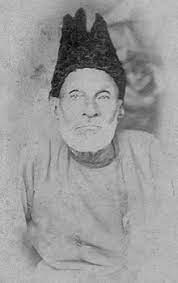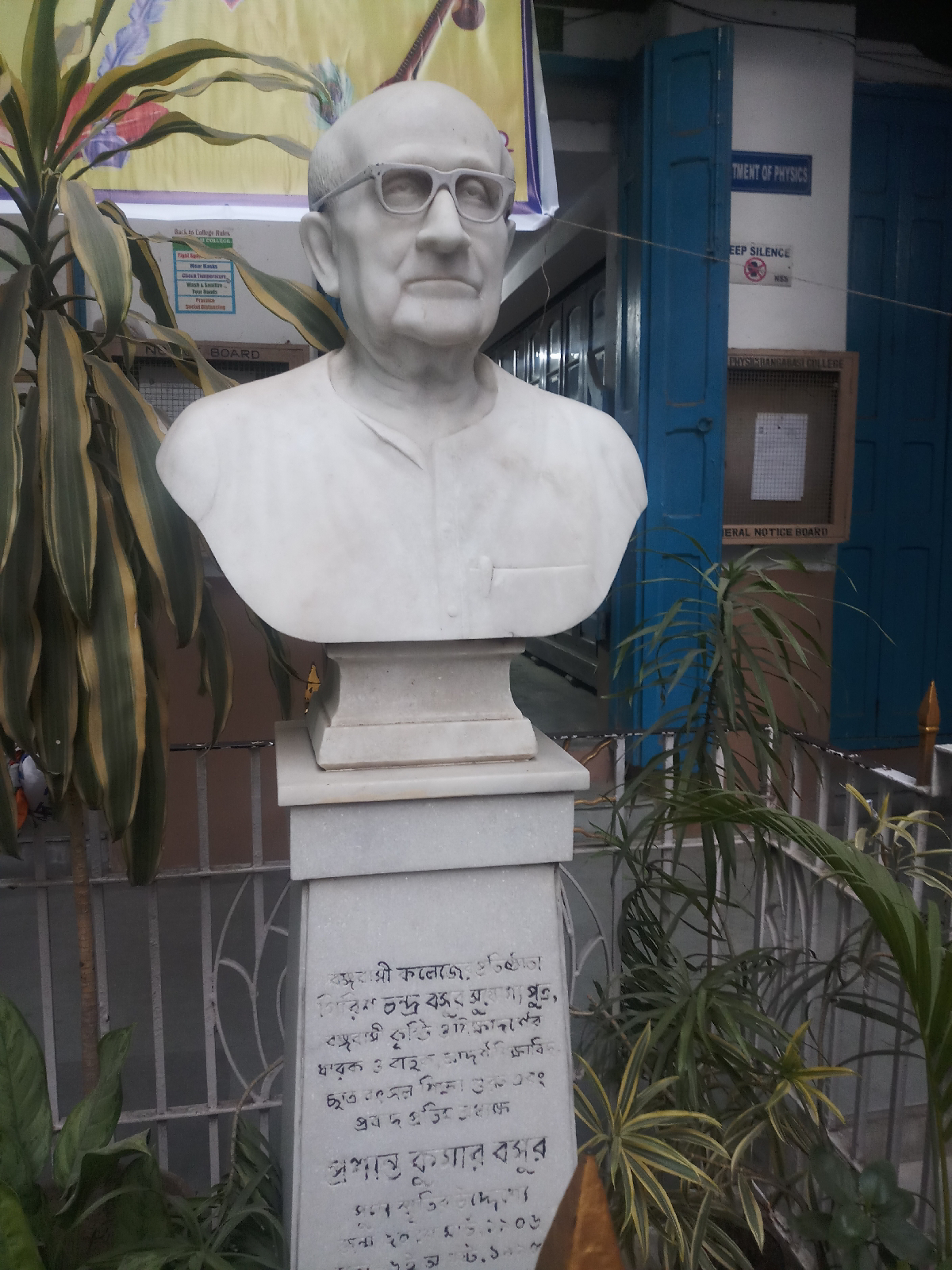Vande Mataram – the melody that aroused the nation
Dr. Rajendra Prasad while presiding the Constituent Assembly on 24th January, 1950 stated:
“The composition
consisting of words and music known as ‘Jana
Gana Mana’ is the National Anthem’ of India, and the song ‘Vande Mataram’, which has played a
historic part in struggle for Indian freedom, shall be honoured equally with ‘Jana Gana Mana’ and shall have equal
status with it” (Constituent Assembly of India, Vol. XII).
Vande Mataram
was written by Bankim Chandra Chattopadhyay in the year 1875 in Sanskrit. Later
in 1882, he included the poem in his Bengali novel ‘Anandamath’. He predicted that the poem will spread as wildfire
during India’s freedom struggle but did not live to see its popularity. Rabindranath
set only the first two lines of the poem to music while the music of the
remaining part was composed by Sarala Devi Chaudhurani. She was a musical
prodigy, social reformer, nationalist leader and Tagore’s niece. The song
comprises of six stanzas of which only the first two stanzas are sang as the
National song. The translation in prose for the complete poem
by Sri Aurobindo appeared in Karmayogin, 20th November
1909. In the first stanzas we find the description of the natural beauty of our
Mother land. The later stanzas have reference to Hindu deities Durga and Laxmi and were thus excluded from being sung in public gatherings
keeping in mind the sentiments of all religions. This memorable song which
meant ‘hail our mother, motherland’ initiated the nationalist imagining of the
country as ‘motherland’ as opposed to the Western concept of fatherland. The
song stirred the nation when it was sung by Rabindranath at the Calcutta
session of the Congress in 1896. Abanindranath Tagore’s painting of ‘Bharatmata’ – India a mother goddess –
depicted this image. The first two verses of the song were adopted as the
National Song of India in October 1937 by the Congress Working
Committee prior to the end of colonial rule in August 1947.
The song and the novel were banned by
the British rule, but Indian freedom activists and the general public
defied the ban as a consequence of which many were imprisoned. Sri Aurobindo
referred to the song as "National Anthem of Bengal". It has been
translated into numerous Indian languages, such as Tamil, Telugu, Kannada,
Odia, Malayalam, Assamese, Hindi, Marathi, Gujarati, Punjabi Urdu and others.
Vande Mataram
was first recorded when sung by Rabindranath Tagore at the Congress Convention
in 1905 to protest against partition. Initially composed in Raag Desh, the song was later sung in
several other ragas. In fact notable
politician and a person associated with HMV, V. D. Ambaikar had tried to
convince Jawaharlal Nehru that the song can be sung in as many as 12 ragas and should be selected as the
National Anthem. While the song was being considered to be selected as National
anthem, it was necessary that it could be played on the instrumental band as
well, for which it was set to tune by Bapurao Dalay in 1948. With a similar
intention, Vasant Desai led a chorus accompanied once by purely Indian instruments
and once by western instruments such as the trumpet.
Over
the years this song has been recorded by India’s musical stalwarts including
Tagore, Lata Mangeshkar, M.S. Subhalaxmi, A. R. Rahaman among others. Renowned
classical singers of Maharashtra and Jaipur ‘gharana’ have made gramophone recordings in different ragas. One of the famous renditions was
sung by Moghubai Kurdikar in Raag
Khambavati. In Bengal, Hamant Kumar Mukherjee voiced Vande Mataram for the film ‘Mahabiplabi
Aurobindo’ in the year 1971. The song was sung in a fast tempo as used
somewhat as a devotional song. Other noteworthy Bengal artists such as Narayan Chandra
Mukherjee and Satya Bhusan Gupta have sung it in their own distinctive
semi-classical style. The choir group from Viswa Bharati has their recording as
well. Versions of the song have been visualised on celluloid in a number of
films, including Leader, Amar Asha, and Anand Math.
We
have grown up with the opening song played during the daily broadcast of All
India Radio comprising of the signature tune by Walter Kaufman followed by the
duet rendition of Vande Mataram by
Dinkar Kalkini and Sumati Mutakar. The years 1995-1997 saw a number of
recordings of the song when several artists set tune and made orchestra in
order to commemorate Indian independence. A wide range of variation was found
as Subha Mudgal sang in a motivational way, Kaushiki Chakravarty sang at a slow
tempo and A. R. Rahman composed ‘Maa Tujhe
Salaam’. The song was sung in the Parliament by the classical maestros
Pandit Bhimsen Joshi in 1997 and Pandit Jasraj in 1998.
Dr.
Suresh Chandvankar, a retired physicist from Tata Institute of Fundamental
Research is passionate about collecting and documenting old gramophone records.
He has painstakingly compiled about 125 recordings of this song till the year
2000. Interestingly, in 2002, BBC World Service conducted an
international poll to choose ten most famous songs from around 7000 songs
selected worldwide and Vande Mataram, was ranked second. Today we
remain much in awe to the historical significance and immense popularity of
this patriotic song as we approach its 150th year in 2025.
References:
Vande Mataram- One melody many
voices spanning recordings from R.N. Tagore to A. R. Rahman and beyond: a talk
by Dr. Suresh Chandvankar.
Bharati Ray (1995). ‘The Freedom
Movement and Feminist Consciousness, in Bengal, 1905-29’, in Bharati Ray, ed.
From the Seams of History: Essays on Indian Women, Delhi: Oxford University
Press, pp. 182-184.
Bankimcandra Chatterji
(2005). Anandamath, or The Sacred
Brotherhood. Oxford University Press. pp. 71–78. ISBN 978-0-19-803971-6.
Aurobindo Mazumdar (2007). Bande Mataram and
Islam. Mittal Publications. pp. 18–22, 30–31. ISBN 978-81-8324-159-5.
Pictures taken from the internet

.jpg)



Comments
Post a Comment